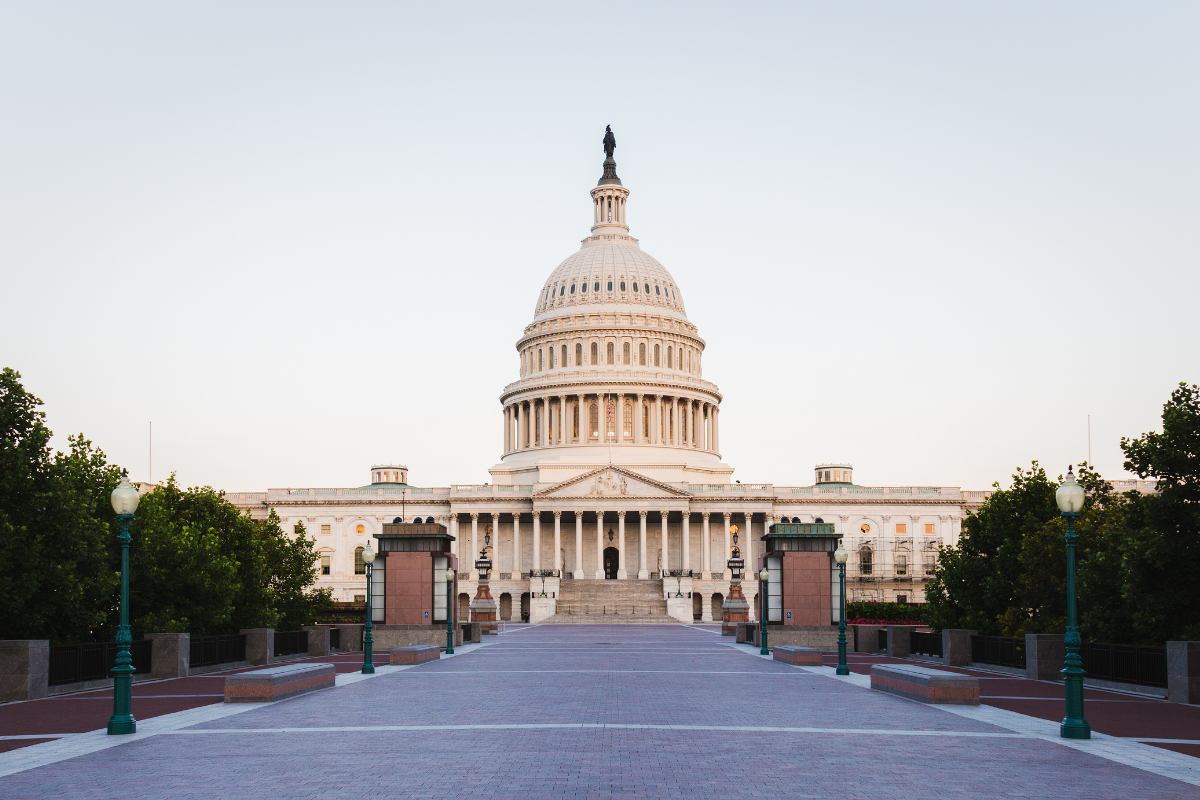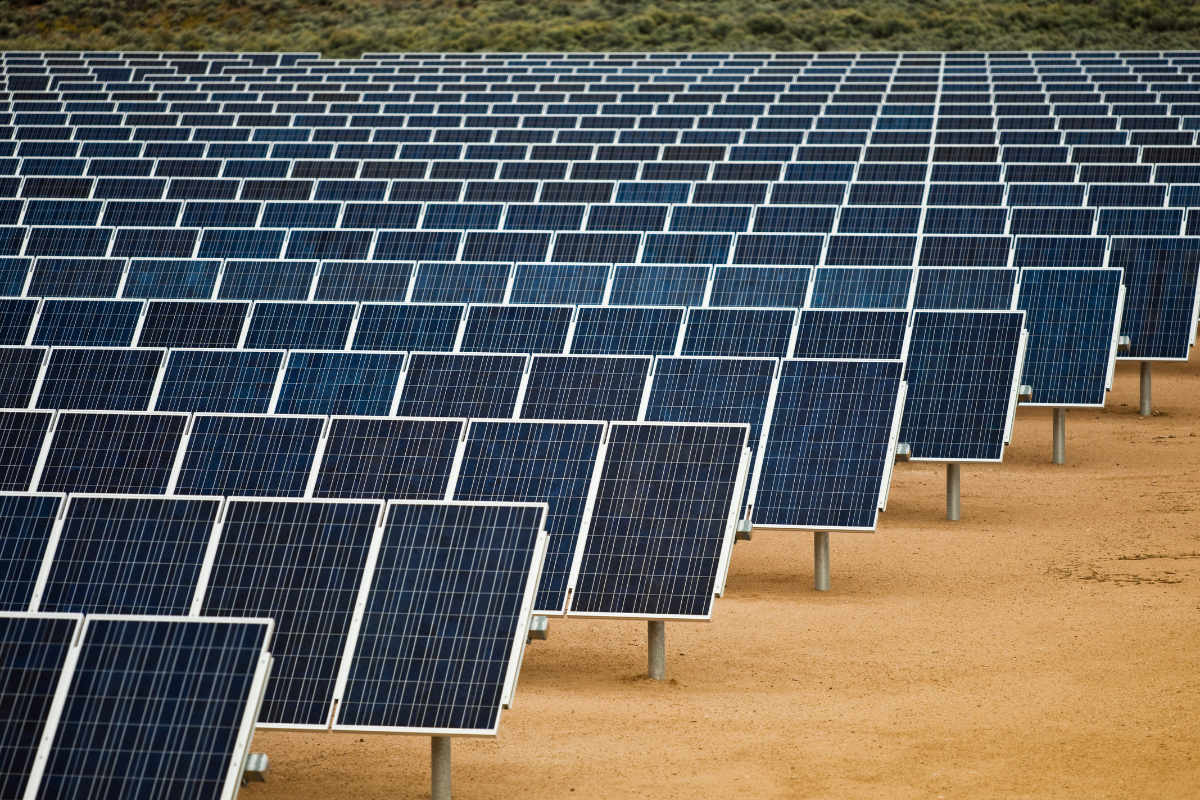With President Joe Biden’s signing of the Inflation Reduction Act (IR Act), the United States is making considerable progress with its commitment to net zero by 2050. The new law facilitates and boosts government investment in energy security and renewable energy.
The IR Act is notable for its strong incentives in the form of tax credit programs. The Biden administration plans to use these incentives to further promote and develop clean energy in the country.
How will the IR Act benefit the sustainable energy industry in the U.S.? Let’s find out.
What is the Inflation Reduction Act?

The Inflation Reduction Act of 2022, also known as H.R. 5376, was signed into law on August 16, 2022, and is a piece of legislation intended primarily to cut the U.S. deficit, slow down inflation rates, and lower the costs of healthcare drugs.
However, the new law also promotes the development of local energy production and prioritises the use of clean energy and the fight against climate change.
Essentially, the IR Act is a scaled-down version of President Biden’s proposed Build Back Better Act.
Of the total $737 billion expected to be raised through the IR Act, about $369 billion will be placed in energy security and climate change initiatives. It has been dubbed “the single largest investment in climate and energy in American history” by the U.S. Department of Energy.
Prioritising Energy Security and Climate Change
The legislation includes several provisions to facilitate the government’s initiatives.
Tax Credits and Incentives for Renewable Energy Companies
The IR Act provides incentives to renewable energy companies to encourage the use of lower-carbon and carbon-free energy sources. The law provides tax credits for energy production and investments in clean energy sources such as wind, solar, and geothermal. It also offers credits for investment in biogas and battery storage. Investment Tax Credits (ITC) are lifted to 30% and extended for projects beginning construction before January 1, 2025.
Solar projects may now also take the Production Tax Credit (PTC), which is currently at $0.026/kWh for 2022, in lieu of Investment Tax Credits (ITCs).
Companies that meet requirements will be given increased flexibility to monetize renewable tax credits either by receiving a cash payment from the government in lieu of tax credits (“direct-pay” election) or selling tax credits to third parties.
A bonus tax credit of 10% (i.e., bringing the ITC to 40%) will be provided for qualifying projects that use 100% U.S. steel and iron and an “adjusted percentage” of manufactured components from the US.
Additionally, an advanced manufacturing tax credit will be introduced for U.S. solar component manufacturers. The goal here is to increase the resilience of the solar energy sector’s supply chain.
Tax Credits for Other Energy Sources
The new law also provides tax credits for investments in other potential sources of energy such as nuclear, hydrogen (via clean sources), and biofuels. Tax credits will also be given to organisations that invest in technology that enables the capture of carbon from fossil fuel power plants.
Incentives for End Users

The Inflation Reduction Act also provides several benefits to end users. Incentives will be given to consumers and businesses that will use clean energy sources over fossil fuels. They will also receive tax credits if they install energy systems like rooftop solar, heat pumps, and small wind energy systems such as turbines. The initial credit is set at 30% through 2032, after which the value phases down.
Consumers and companies who switch to electric vehicles will be able to receive EV tax credits of up to $7,500 on brand-new vehicles and $4,000 on used ones.
Businesses can get a tax credit for promoting energy efficiency in their commercial buildings. They can also receive grants and loans to help them lower their oil and gas emissions. Meanwhile, companies that produce excessive methane emissions will be levied with fees.
The IR Act also earmarks $27 billion in the form of additional incentives to help encourage the development of clean energy technology.
Provisions for Public Land Use
It is important to note that some provisions of the IR Act can result in higher production of fossil fuels, particularly on public lands.
For instance, the new law sets new requirements to hold lease sales for the opening of new oil and gas production. It also reinstates an offshore oil and gas lease sale that was denied on environmental grounds.
The IR Act also requires the U.S. Interior Department to hold no less than three additional offshore oil and gas lease sales by October 2022.
Meanwhile, there will be a minimum royalties increase for companies that use public lands and waters to extract oil and gas. An additional royalty will also be placed for those who will use public land and water to extract gas that will be burned off or released as waste instead of selling it as fuel.
Investing in a Cleaner Future
Through the Inflation Reduction Act, the Biden government has positioned the U.S. as a leading contributor on climate action.
As a leading provider of sustainable energy solutions and specifically the owner of Solar projects in Texas and New Mexico, grouped under our Caret Solar business, VivoPower feels encouraged by the IR Act. The tax credits offer renewable energy companies like Caret Solar much-needed support to develop their technologies further. The new law provides them with an enhanced competitive position relative to traditional power producers so that they can offer a clean alternative to carbon-based energy.
The IR Act also provides end users with financial incentives to switch to renewable energy. One of the biggest roadblocks to wider clean energy adoption has been the high entry price. By offering consumers and businesses tax breaks, they would have another reason to turn their vehicles, homes, and workplaces greener.
For more news and insights, visit the VivoPower website.
